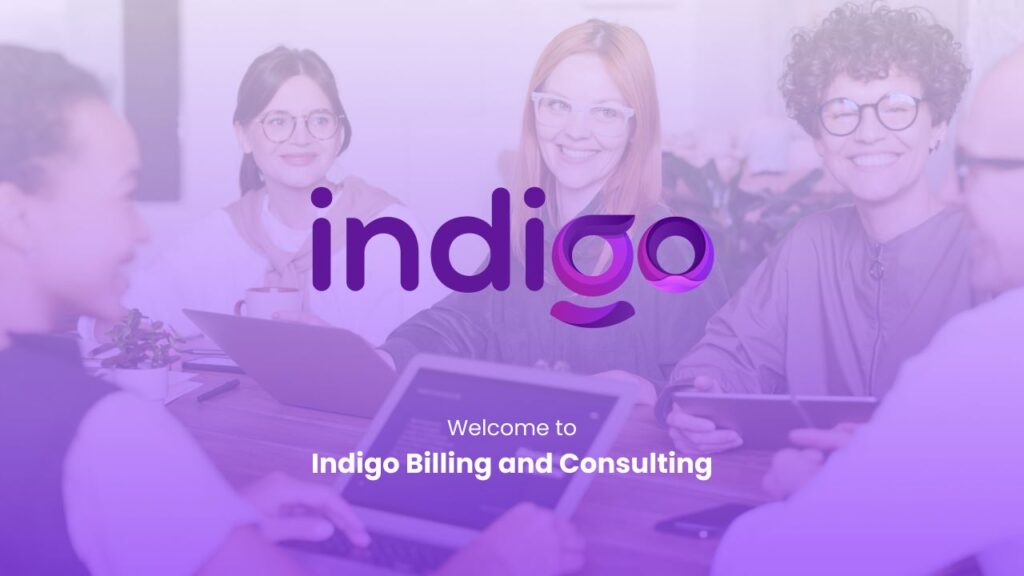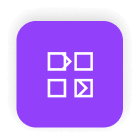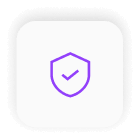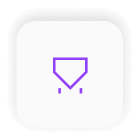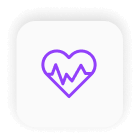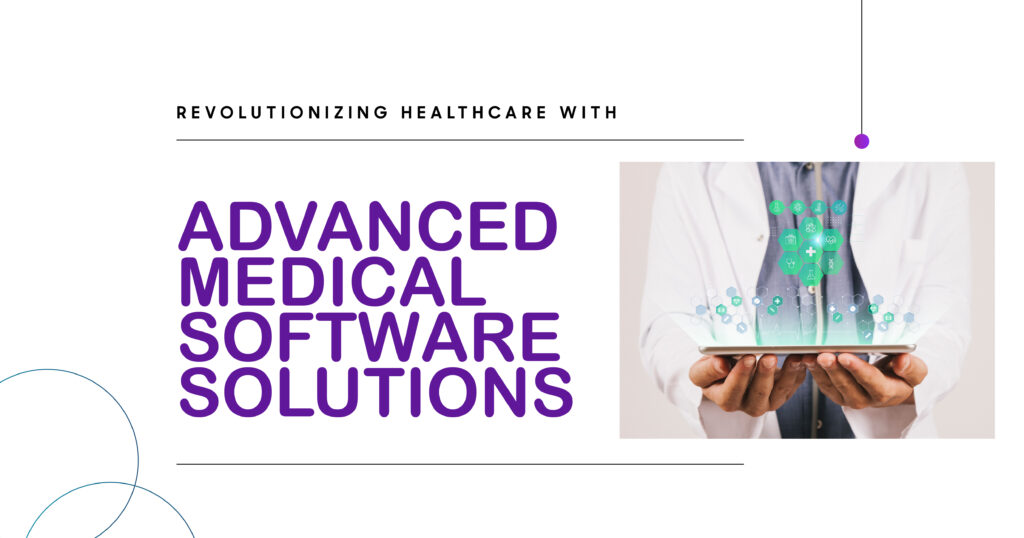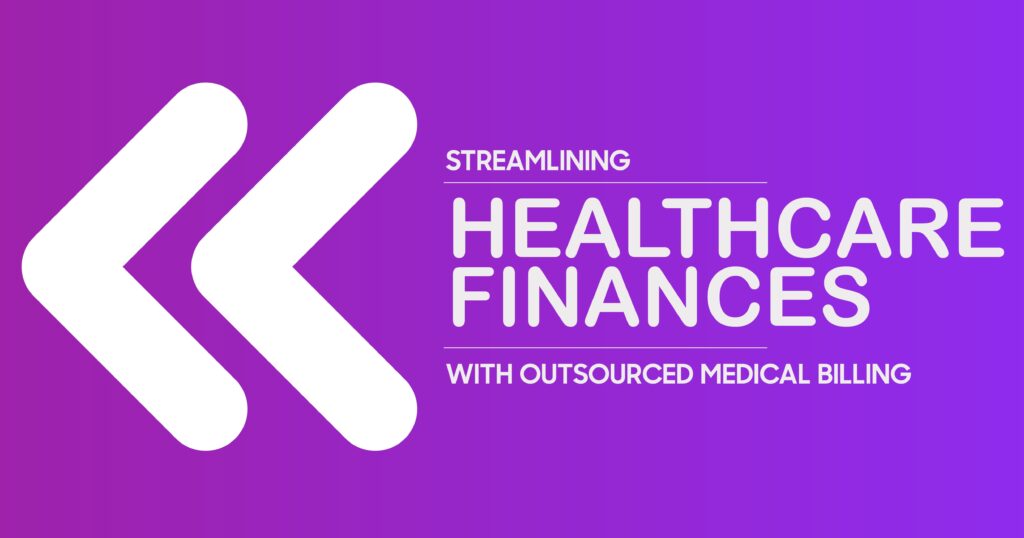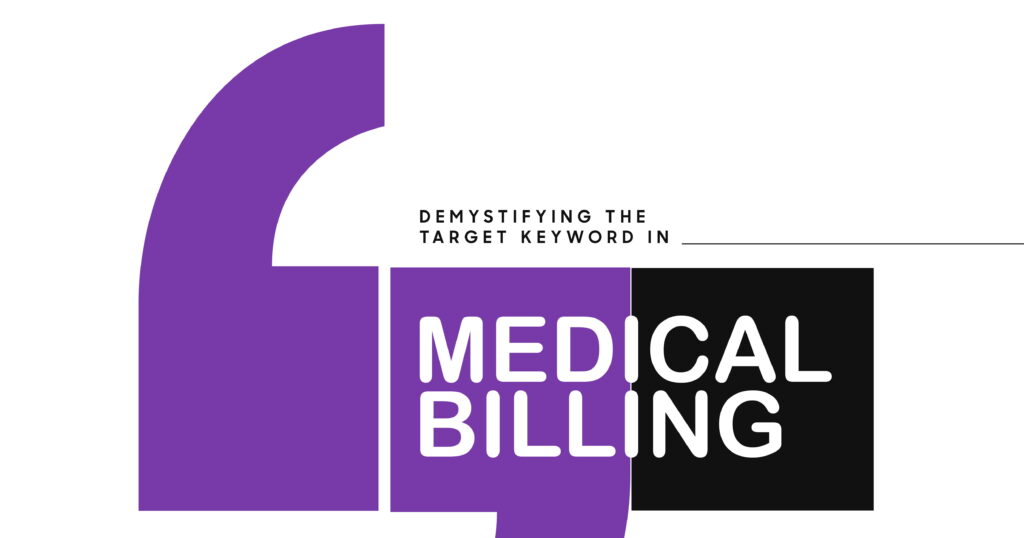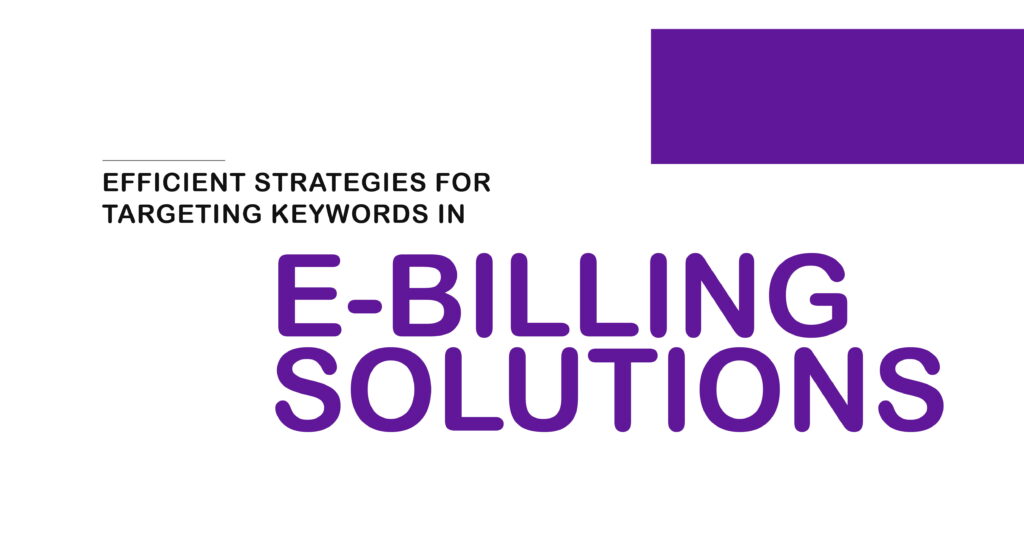In today’s fast-evolving medical landscape, technology is no longer a supporting tool – it’s the backbone of modern healthcare. From simplifying administrative processes to improving patient outcomes, advanced medical software solutions are reshaping how care is delivered. Whether you’re a small clinic or a large hospital network, adopting these innovations is no longer optional; it’s essential for survival and growth.
This blog explores what is medical software, its various forms, and how innovations in healthcare technology are pushing the industry forward. We’ll also touch on the role of Indigo Billing in supporting providers through seamless billing and implementation services.
What Is Medical Software? An Overview of Its Functions
What is medical software? Simply put, it’s a specialized technology designed to manage, monitor, and optimize healthcare processes. Unlike general business software, medical software addresses clinical, administrative, and financial needs in medical settings. Its core functions include:
- Patient Record Management.
- Appointment Scheduling.
- Medical Billing and Insurance Processing.
- Diagnostic and treatment support.
- Telemedicine Communication.
Today’s medical software covers both clinical and non-clinical areas, helping providers make faster, more accurate decisions while improving operational efficiency. It bridges gaps between departments, making healthcare delivery a unified and seamless process.
Key Advancements in Healthcare Technology
The evolution of healthcare technology has accelerated over the past decade. From AI-driven diagnostics to wearable health trackers, here are some key innovations shaping modern medical software:
- Artificial Intelligence (AI) and Machine Learning. Supporting early diagnosis, risk prediction, and even robotic surgeries.
- Blockchain Technology. Enhancing data security and patient confidentiality across platforms.
- Cloud Computing. Allowing remote access to patient records and enabling scalable, cost-effective IT infrastructure.
- Interoperability Standards (FHIR, HL7). Facilitating data sharing between systems and improving care coordination.
A study published by the Office of the National Coordinator for Health IT (ONC) highlights that over 95% of hospitals in the U.S. now rely on electronic systems, underscoring the widespread adoption of digital solutions.
Electronic Health Records and Streamlined Patient Management
One of the most significant shifts in healthcare has been the transition from paper charts to Electronic Health Records (EHRs). EHRs consolidate patient data – medical history, lab results, prescriptions, imaging, and more – into a centralized digital repository. This enhances patient care by:
- Reducing medical errors through clear, real-time data.
- Supporting coordinated care among multiple providers.
- Enabling easier compliance with regulatory standards.
Beyond storing data, modern EHRs integrate with patient management tools, automating appointment reminders, prescription renewals, and follow-up care. This not only streamlines workflow but also improves patient engagement and satisfaction.

Practice Management Software for Clinics and Hospitals
Practice Management Software (PMS) serves as the administrative heart of clinics and hospitals. While EHRs manage clinical data, PMS handles operational tasks, such as:
- Patient registration and insurance verification
- Scheduling and calendar management
- Billing, claims processing, and revenue cycle management
- Financial reporting and analytics
For healthcare providers, using PMS means less time spent on paperwork and more focus on patient care. According to the American Medical Association, integrated management platforms can cut administrative workload by up to 40%, reducing burnout and improving provider well-being.
Telemedicine and Expanding Access to Care
The pandemic amplified the role of telemedicine, turning it from a convenience into a necessity. Medical software solutions now support virtual consultations, remote monitoring, and mobile health applications. This expansion has:
- Enabled patients in rural or underserved areas to receive timely care.
- Reduced hospital overcrowding by diverting non-emergency consultations online.
- Improved chronic disease management through consistent monitoring.
Platforms that facilitate secure video consultations and integrate with EHRs have become standard. According to Telehealth, over 76% of hospitals in the U.S. use some form of telehealth services.
Clinical Decision Support Systems in Modern Medicine
Clinical Decision Support Systems (CDSS) are advanced medical software tools that aid healthcare providers in making evidence-based clinical decisions. These systems analyze patient data and offer:
- Diagnostic suggestions.
- Drug interaction alerts.
- Treatment guidelines.
- Predictive analytics for outcomes.

CDSS does not replace clinicians; instead, it enhances their capabilities by providing data-driven insights. With real-time alerts and recommendations, these systems help minimize diagnostic errors and optimize treatment protocols.
A report by HealthIT emphasizes that hospitals using CDSS have seen improved patient safety outcomes and reduced adverse events, making them a critical part of modern clinical practice.
Learn More About Healthcare Billing With Indigo Billing
Managing the financial side of healthcare can be as complex as the clinical. That’s where Indigo Billing steps in. Specializing in medical billing and software implementation, Indigo Billing offers tailored solutions for clinics, hospitals, and specialty practices. By choosing Indigo Billing, providers can:
- Optimize revenue cycle management.
- Reduce claim denials and improve reimbursements.
- Streamline insurance verification and patient billing processes.
- Leverage advanced reporting for financial transparency.
Whether you’re upgrading your EHR system or adopting new billing software, Indigo Billing’s expert team ensures a smooth, compliant, and efficient transition.
With expert partners like Indigo Billing, healthcare providers can navigate this digital shift confidently, leveraging software solutions that simplify processes and improve both financial performance and patient outcomes. Ready to revolutionize your healthcare practice? Get in touch with Indigo Billing today.
FAQs
What are the key advancements in healthcare technology that have influenced the development of medical software?
Innovations like AI, blockchain, cloud computing, and interoperability standards have significantly advanced medical software, improving data management, security, and patient care coordination.
How do electronic health records improve patient management and healthcare delivery?
EHRs centralize patient data for easy access, reduce errors, and support coordinated care, enabling healthcare providers to deliver more personalized and efficient treatment.
In what ways does telemedicine contribute to better patient care and healthcare accessibility?
Telemedicine expands access to care for remote populations, reduces hospital strain, and allows continuous management of chronic conditions through virtual consultations and monitoring.
How do clinical decision support systems enhance clinical outcomes and decision-making in healthcare settings?
CDSS tools analyze patient data to provide evidence-based recommendations, improving diagnostic accuracy, treatment planning, and patient safety.
What role does health informatics play in transforming healthcare data into actionable insights?
Health informatics involves collecting, analyzing, and interpreting healthcare data, turning it into insights that guide clinical decisions, optimize workflows, and improve population health outcomes.
